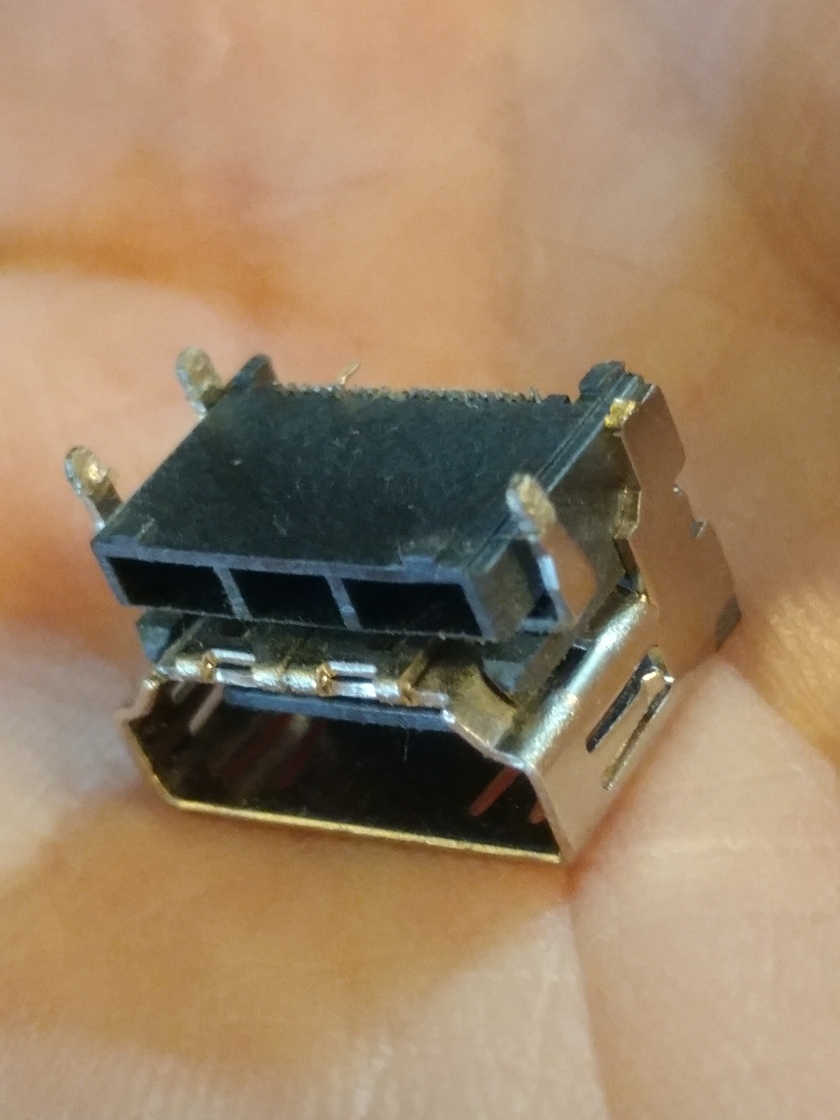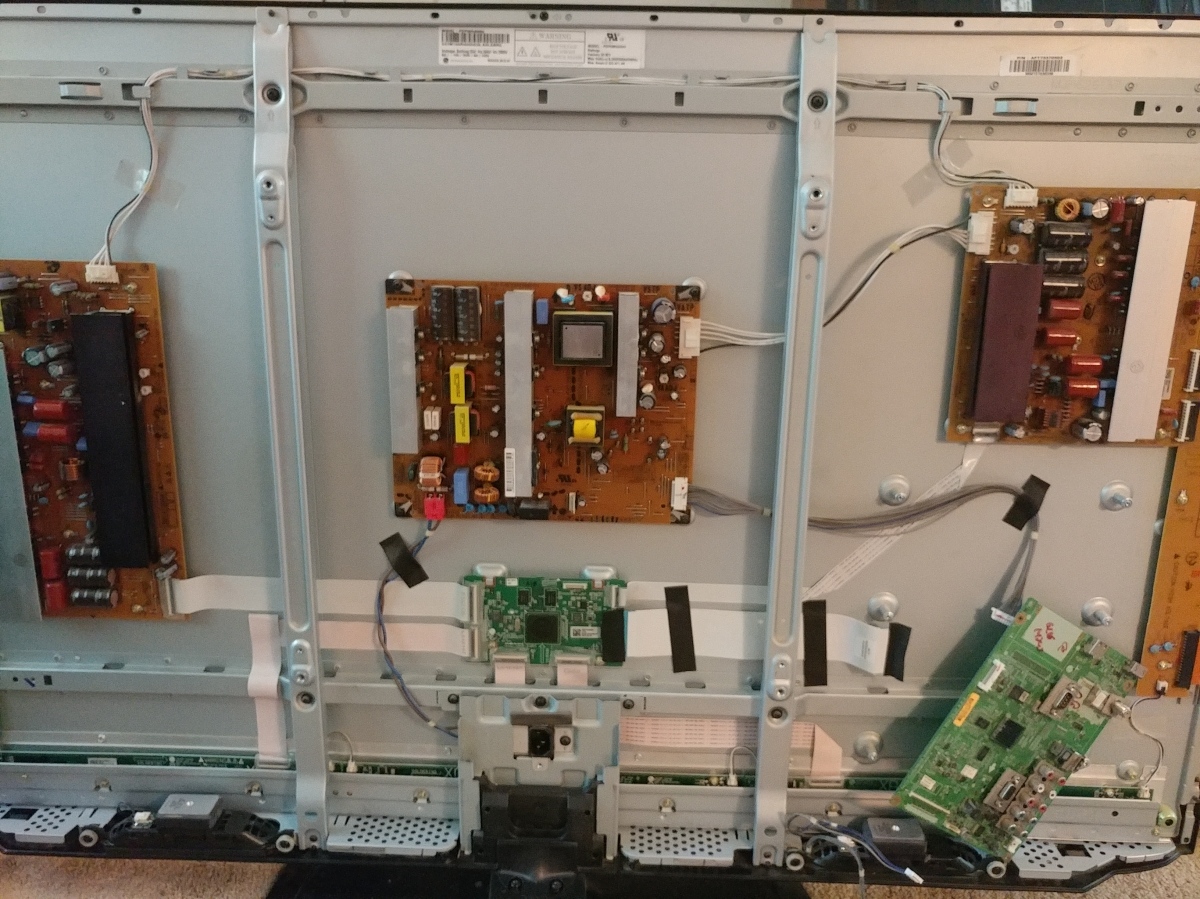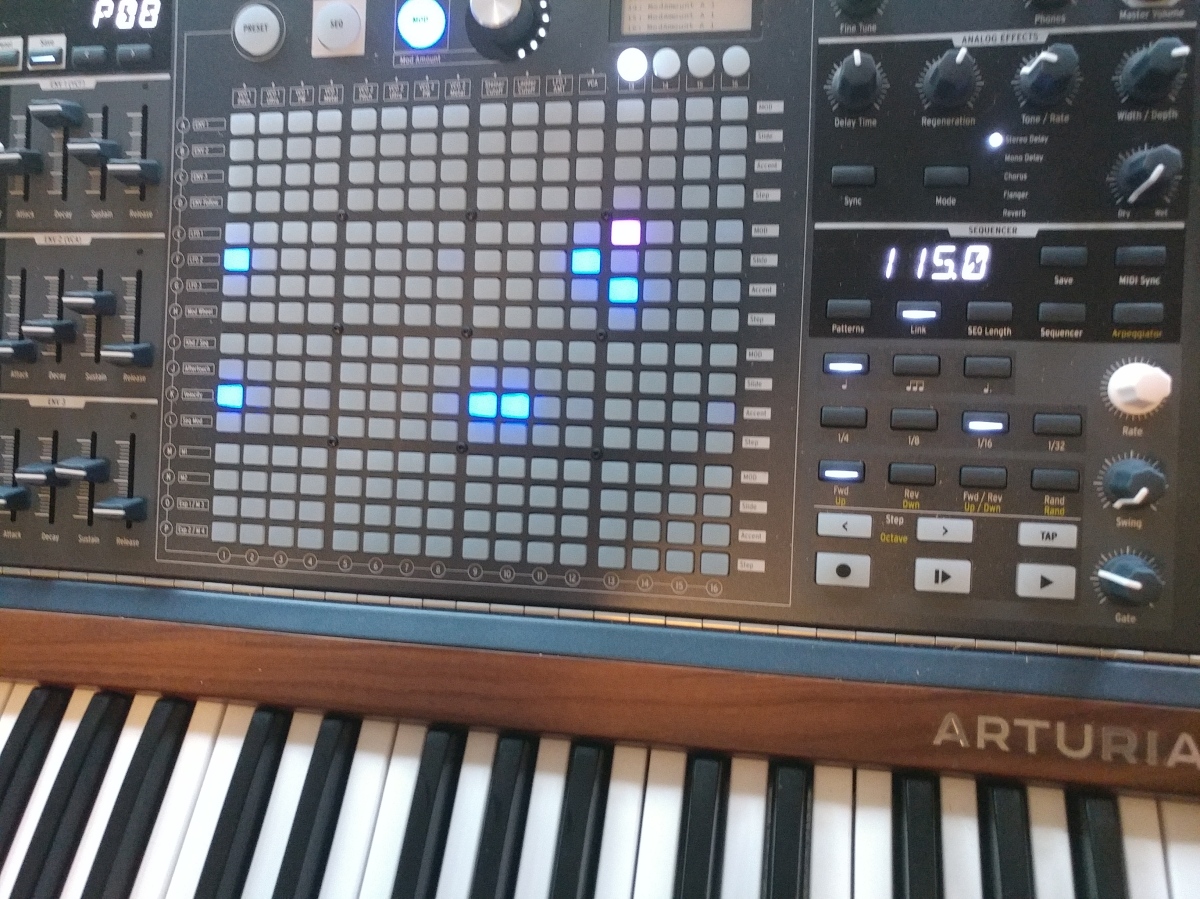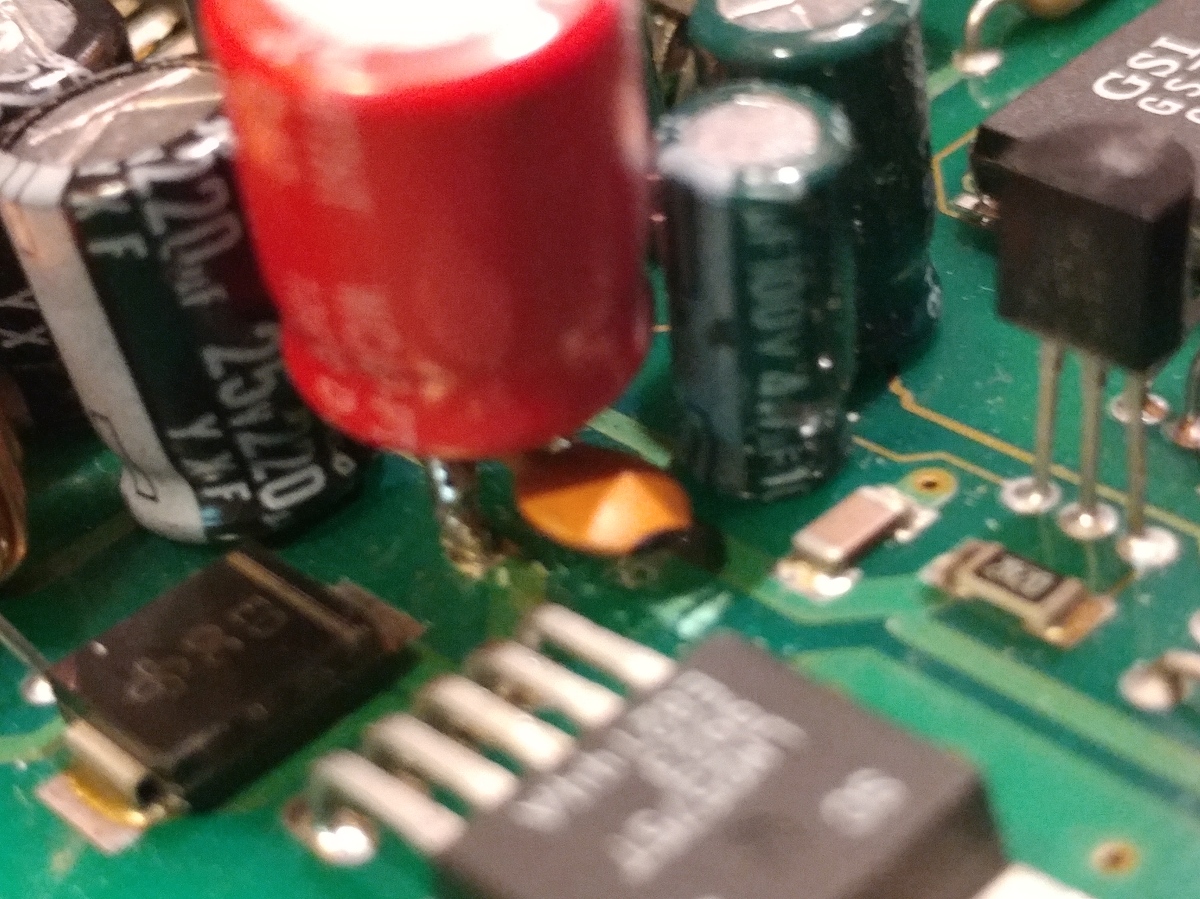13 JUNE 2020 (actually, I just a few weeks ago ordering parts and cleaning things)
There are lots of clues about the Polivoks scattered all over the Internet. People making filter clones know quite a bit. Others have worked on the LFO or power supply. I found out somewhere the keys are magnetic reed switches. I intend to coalesce information here as I rebuild the Worst Polivoks Ever. No telling if I will succeed, but this will help others no matter what and that is one reason I write about my synth repairs.
I have a polivoks. The circuit boards were covered in mold and under that, heavy corrosion of the traces. The potentiometer leads are rusted clean through. It makes me think it was stored under water.
This will take years.
To do list
- learn cyrillic alphabet
- learn to read soviet-era electronic marking
- pcb trace repair (more like reconstruct)
- by more solder
- DIY pcb construction (you never know)
Decoding Soviet Electronics Markings
First off, Russian uses plain old Arabic numerals (which don’t look at all like what is actually used in Middle-Eastern countries, by the way), so that part is easy.
How do you say microfarad, tovarisch? MKϕ Volts are indicated with the letter B, so 16B is 16 volts.
Thin square capacitors are ceramic. 3H3 in Cyrillic is 3N3 which is 3.3nF (so H = nF)
There are many fat capacitors – mica, I think.
Found an odd silver-mica capacitor attached to the old AC transformer which I am replacing.
Transistors have extra non-alphanumeric symbols on them in the polivoks. Swell.
Resistors are a pain. On just one polivoks pcb I see resistors with 4 different types of markings, only one of which is standard stripes. Luckily, for most you can just read them to figure them out or see if gone completely bad.
Diodes look like diodes- often marks. Maybe a polarity stripe or dot. Go with size since that indicates power rating. So diodes for a full-wave bridge rectifier are fatter and not little glass ones.
PCB’s
They are labeled by the female socket. Matching label by the male pins they plug into. Labels are inconsistent and not in order (X7, X5 4, missing, etc.).
X7 is LFO board.
The pcb traces (once the white mold is cleaned off!) are horribly tarnished/corroded.

Moldy board

Tarnished traces
Knobs and Pots
The good news is I have all the knobs. Bad news is the pots are so corroded that the most of the metal leads are completely rusted through. I bought an entire new set of Polivoks potentiometers from the VG-Line store on Reverb. They are in Moscow and also have many Polivoks parts they do not advertise. Just contact them if looking for something special.
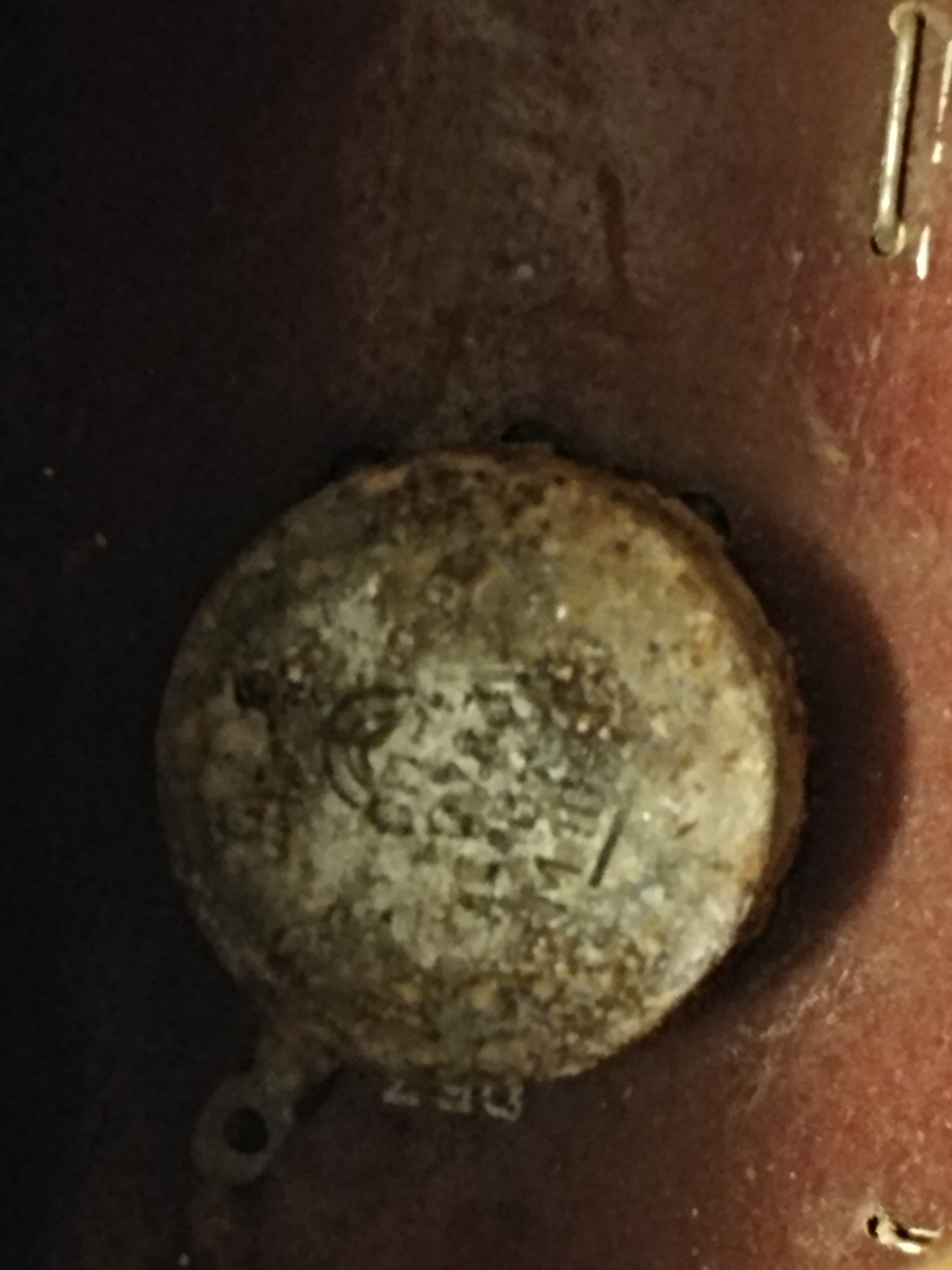
Da BOM
25 identical IC’s. Dual voltage opamp. Translating symbols to English, they read KR140UD8A (extra four digits on second line on IC’s appear to be MMYY, 0884 for August, 1984)
Some schematics say KR140UD8B. Maybe a TL071? Pinout matches perfectly. Now if only the Soviets had used 2.54mm pin spacing vice 2.5mm- got to bend everything to fit!
Found on Amazon(?!?)
KR140UD8A Microchips are the operational amplifier medium accuracy with the output FETs pn junction and p-channel, with internal frequency compensation and low input currents. Pin assignment KR140UD8A: 1.5 – balancing; 2 – inverting input; 3 – the non-inverting input; 4 – voltage -Up; 6 – exit; 7 – Power + Un Supply voltage plus minus (13,5 … 16,5) In Input common-mode voltage of not more than plus minus 5 Input voltage is not greater than 10 Load resistance of not less than 2 kohms Load Capacitance 100 pF Ambient temperature -45 … +70 ° C
Russian ICs K140UD12 (audio) – UA776? (this is the 8 pin metal can form factor). Obsolete.
HELP SITES
https://en.wikipedia.org/wiki/Soviet_integrated_circuit_designation
https://www.eevblog.com/forum/chat/weird-unusual-looking-components/
http://muztech.com/ – website of the Polivoks designer. Some good info!
https://www.muffwiggler.com/forum/viewtopic.php?postdays=0&postorder=asc&start=225&t=119115
http://m.bareille.free.fr/modular1/vcf_polivoks/vcf_polivoks.htm
more info
http://www.belltonesynthworks.com/blog/2018/11/10/formanta-polivoks/
http://analog-monster.blogspot.com/2013/09/polivoks-lfo-faulty-reply-to-ott-suurtee.html
https://www.keynotesupport.com/internet/special-characters-greek-letters-symbols.shtml
https://modularaddict.com/catalogsearch/result/?q=polivoks
https://modularsynthesis.com/kuzmin/polivoks/polivoks_vcf.htm
